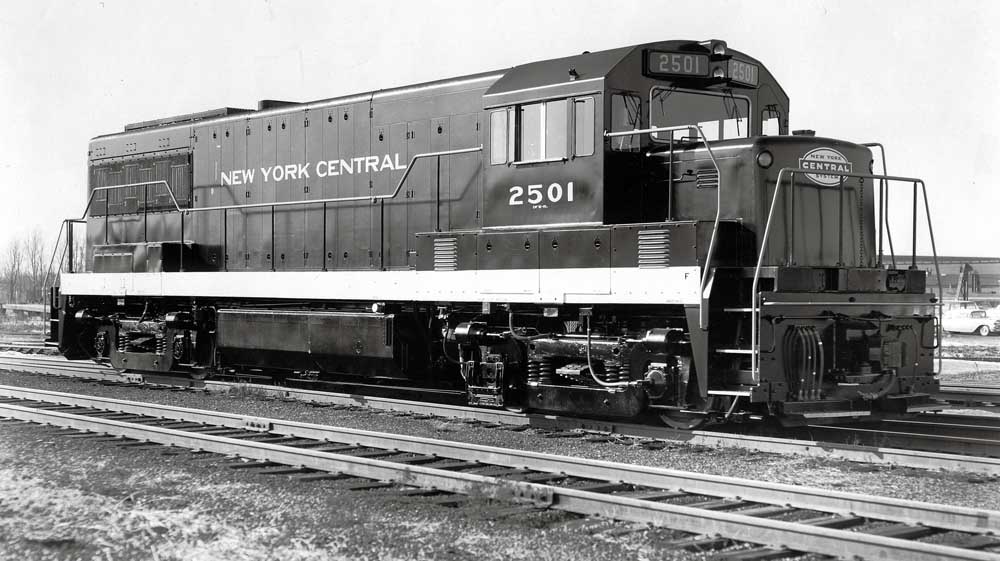
The best-selling early GE diesel locomotives are familiar to fans of mid-century diesel power. General Electric has a long relationship with railroad motive power. The company began building heavy electric locomotives in the 1890s, furnished traction motors and electrical equipment to other builders through the 1950s, and eventually become the dominant diesel-electric locomotive manufacturer […]
Read More…
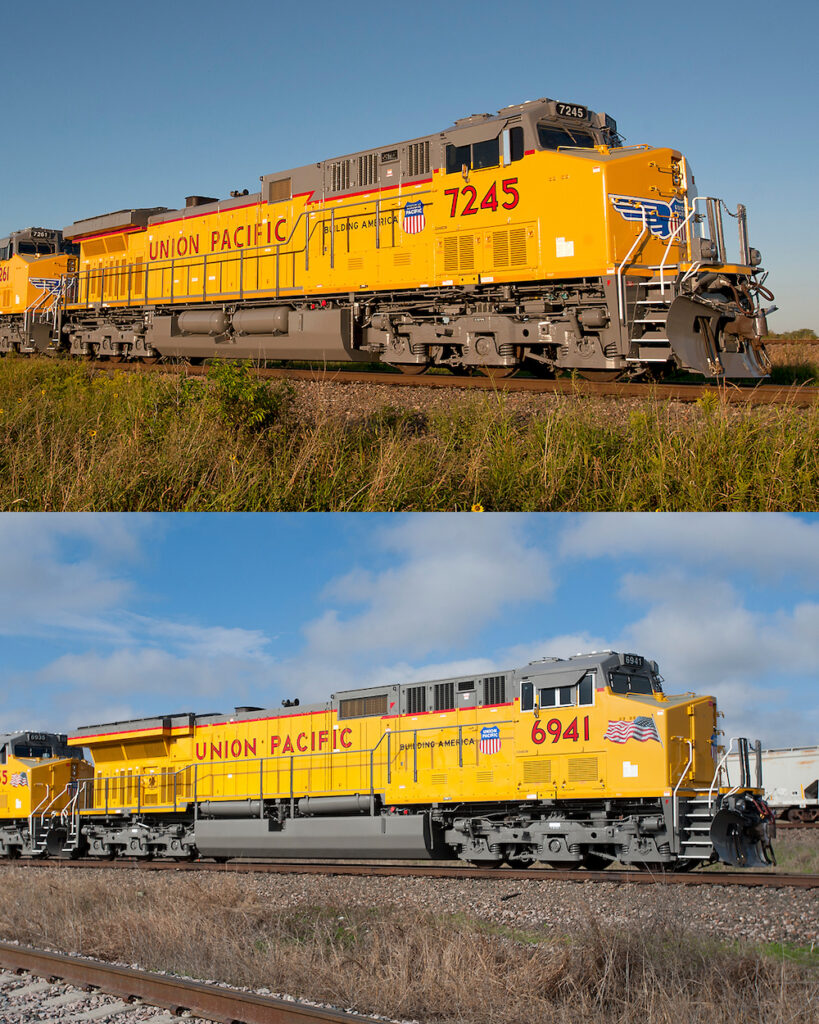
Union Pacific is in the final stage of modifying the paint scheme of its locomotive fleet. Announced in July 2022, company employees at Jenks Locomotive Shop in North Little Rock, Arkansas, created the new design which relocated the flag logo from the long hood to a smaller version placed on the side of the nose, […]
Read More…
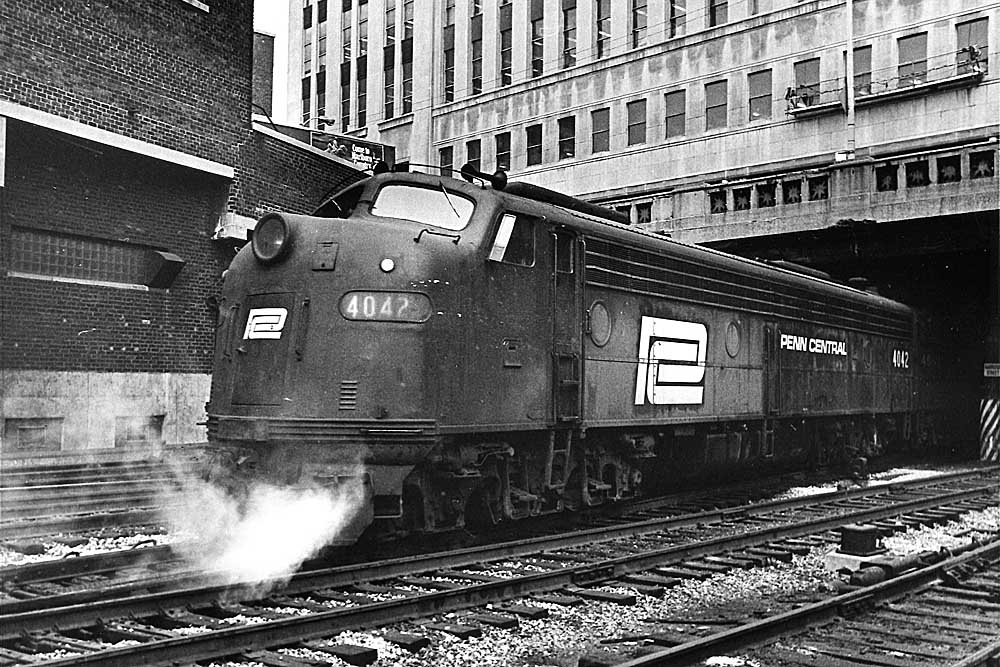
Penn Central locomotives were varied from Alco and Baldwin to EMD and General Electric. There were electrics, too, on the Northeast Corridor and branches between New Haven, Conn., and Alexandria, Va. PC inherited its diesel and electric locomotives from components New York Central; and New York, New Haven & Hartford; and Pennsylvania Railroad. […]
Read More…
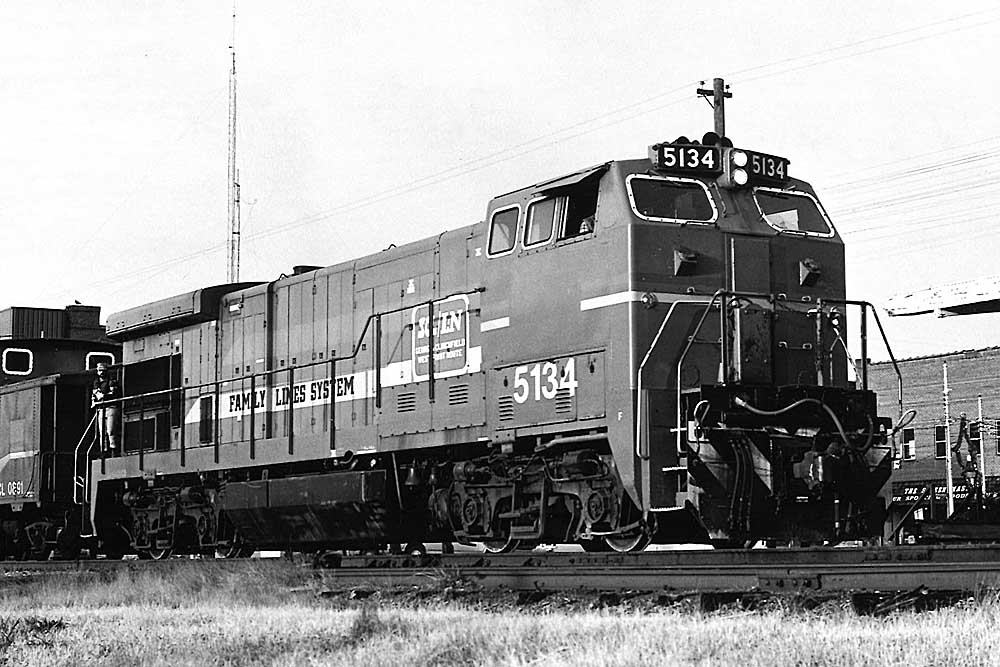
The General Electric BQ23-7 turned out to be an odd diesel that didn’t. At the dawn of railroads eschewing cabooses as unnecessary expenses, locomotive builders were putting forth ideas to accommodate train crews. One option was the BQ23-7, the Q indicating crew Quarters. General Electric’s design team took its standard 2,250 hp […]
Read More…
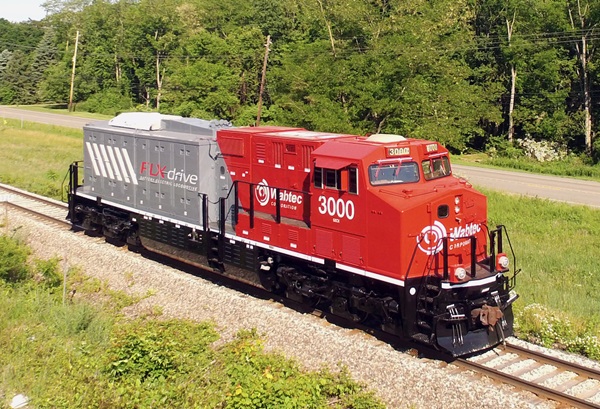
As the world continues to shift toward more sustainable and eco-friendly modes of transportation, many industries are exploring new technologies that can help reduce their carbon footprint. The railroad industry, in particular, is looking for ways to reduce emissions and become more environmentally friendly. One potential solution is battery-powered locomotives. But are they really possible […]
Read More…
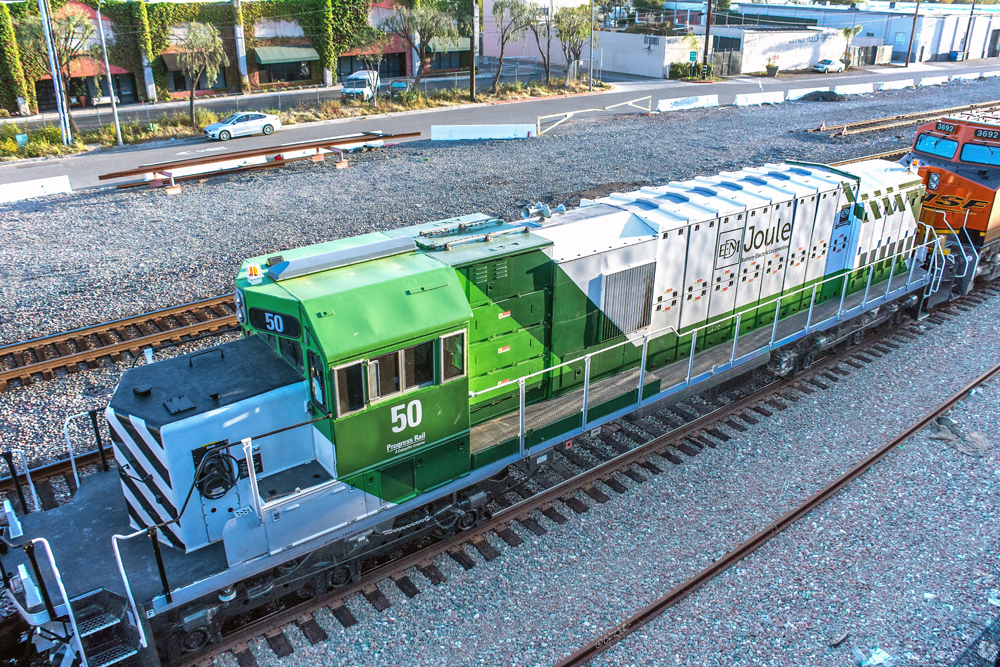
EMD Joule locomotive Progress Rail’s long promised EMD Joule Battery Electric Locomotive has arrived at its destination at Pacific Harbor Line’s Wilmington, Calif., facility for long-term testing and demonstration purposes. The builder said it will be at home in switching service, regional service, and part of a consist with traditional diesel-electric locomotives. According to the […]
Read More…
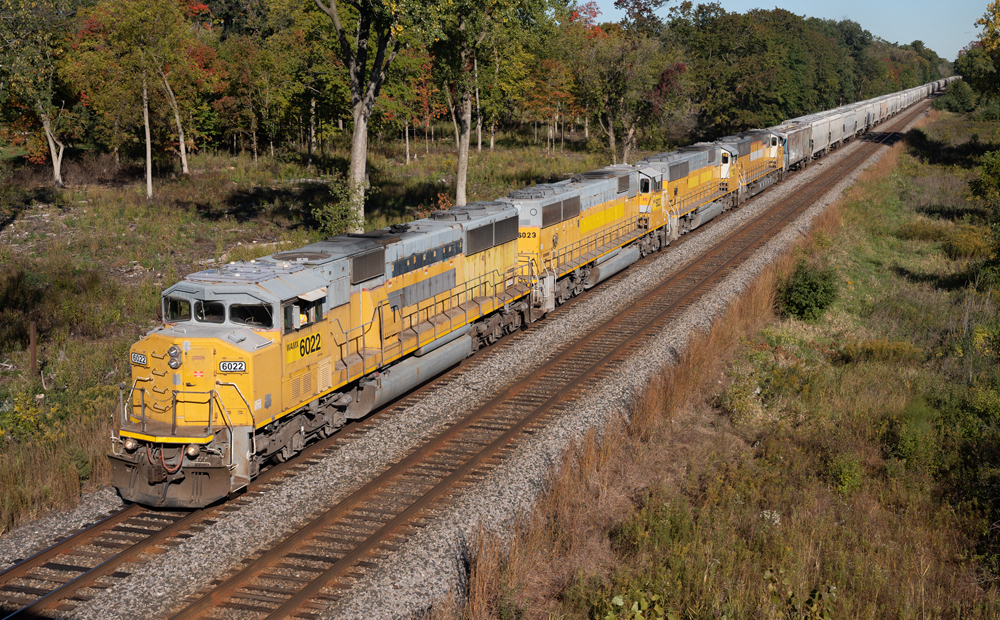
EMD’s Triclops locomotives At the beginning of the comfort cab revolution in the United States, EMD constructed its first “North American cab” SD60M for customer Union Pacific. Numbered 6085, it was a similar design to what Canadian National had been using for years, with one visual difference. The new cab featured three front windows instead […]
Read More…

Name: Nevada Northern locomotive 93 Builder: American Locomotive Company (Alco) Wheel arrangement: 2-8-0 Consolidation Build date: 1909 Significance: Built in 1909, Nevada Northern 2-8-0 steam locomotive No. 93 is a survivor. One of four 2-8-0s purchased that year by American Smelters Securities Company for its copper mining operation based in Ely, Nev., the steam locomotive was […]
Read More…
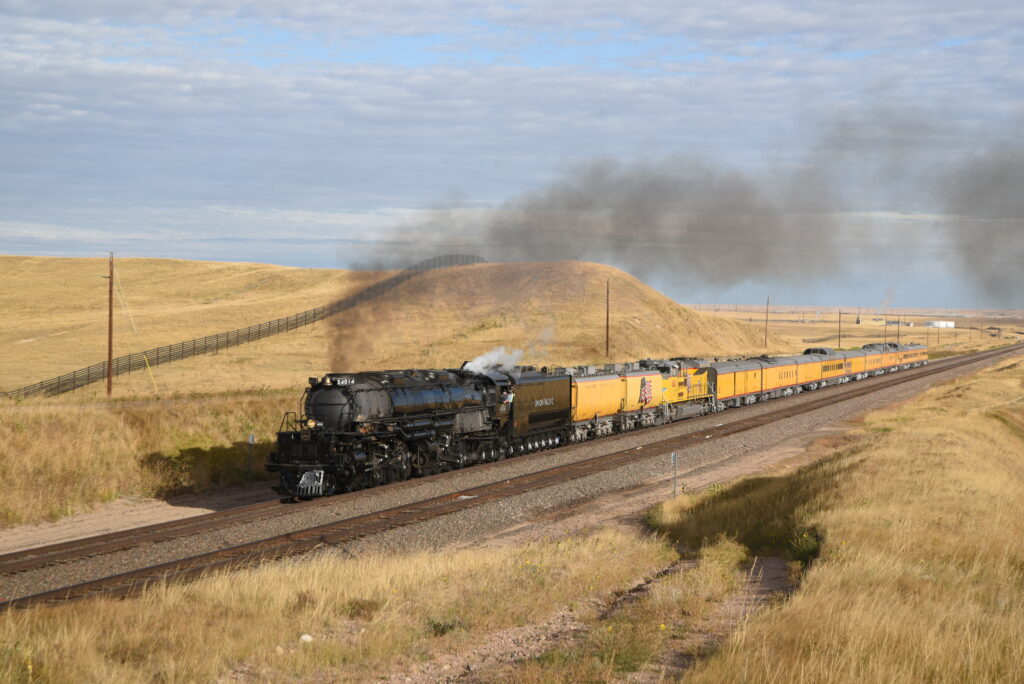
On the same route of the proposed Big Boy West Coast Steam Tour, Union Pacific 4-8-8-4 No. 4014 leads a matched UP office car train westward through Speer, Wyo., in 2019. Jim Wrinn photograph There was a collective groan that could be heard from many railfans west of the Rockies in 2022 when the Union […]
Read More…
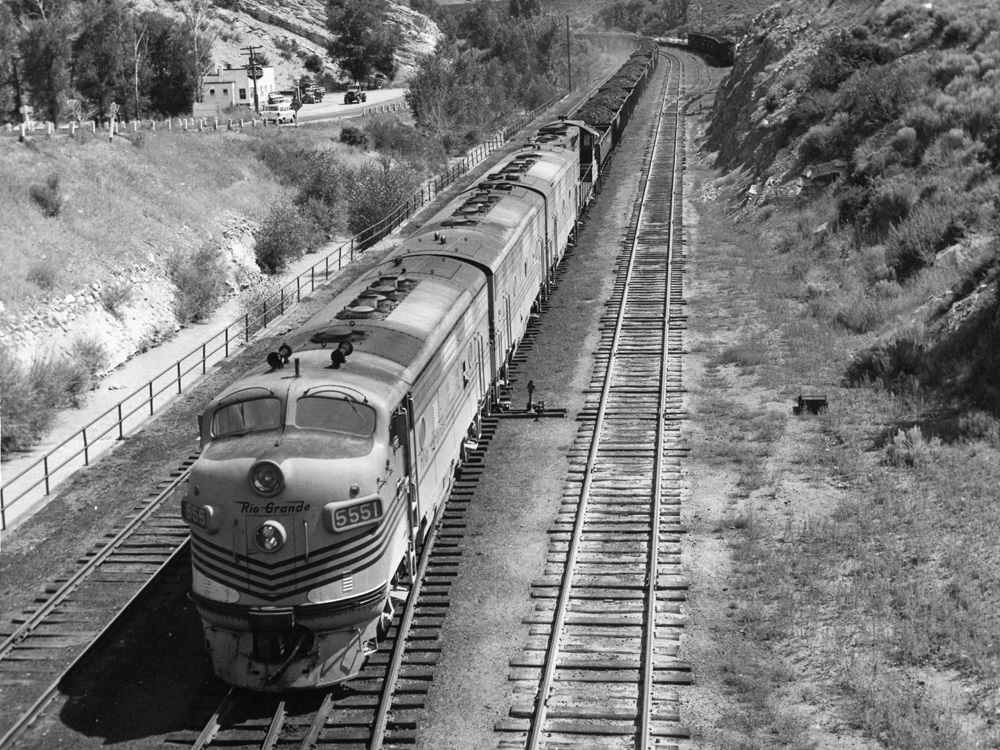
Q: What diesels to pull a 50s coal train? I’m building an “N” scale layout set in the 1950s. I plan to run two loops independent of the rest of the layout, up high, at the back. One loop will have a train running counter-clockwise, consisting of a locomotive and four loaded coal hoppers. When […]
Read More…
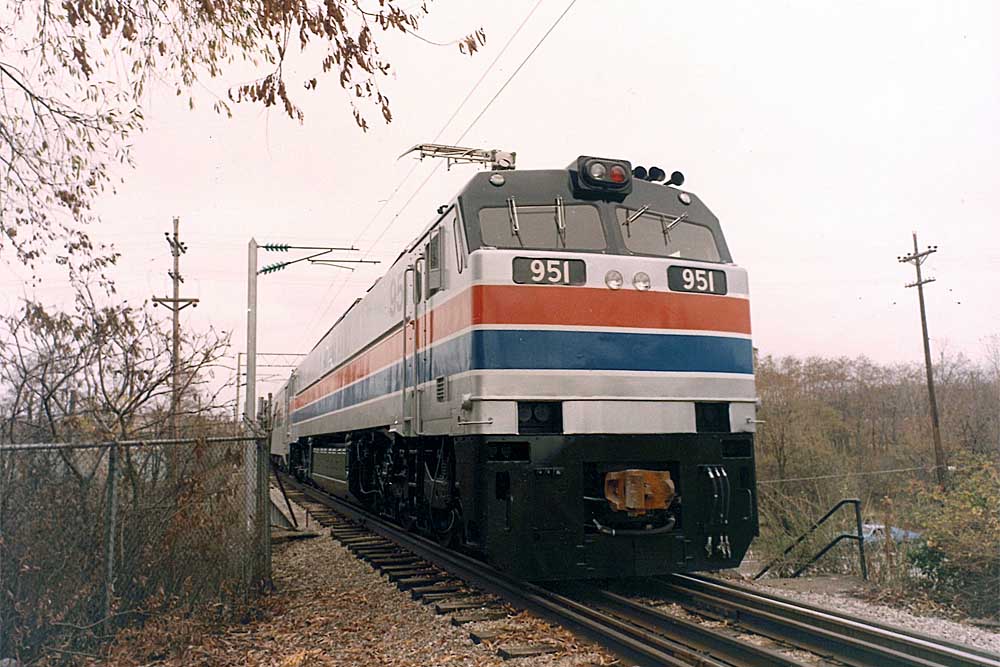
Amtrak E60 locomotives are an important bridge for Northeast Corridor electric railroading between the GG1s of the 1930s and 1940s to the AEM-7 and HHP-8 locomotives of the 1980s and early 2000s. E60 locomotive history General Electric developed the E60 C-C or six-axle locomotives at its Erie, Pa., plant in the early 1970s. The […]
Read More…
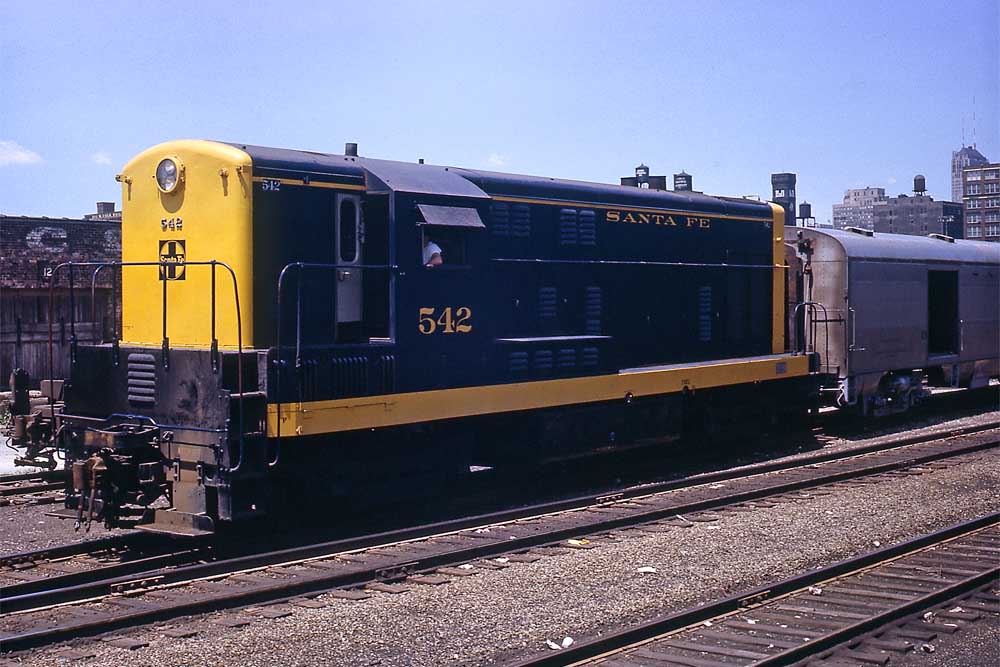
The Fairbanks-Morse H12-44TS locomotive was a familiar-looking unit with different internals. FM was a fierce competitor in the early days of dieselization, perhaps remembered most for its H24-66 Train Master, a six-axle 2,400 hp road-switcher that impressed almost every railroad it demonstrated on. Among its lesser-known successes were three specialized units produced […]
Read More…












